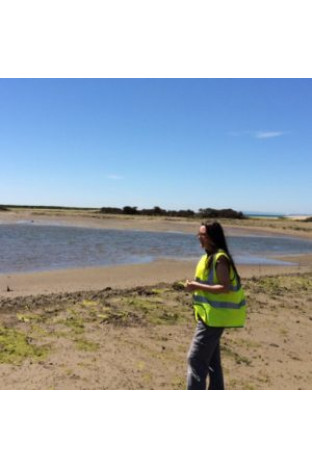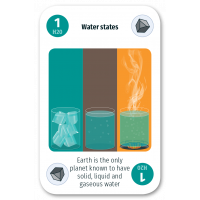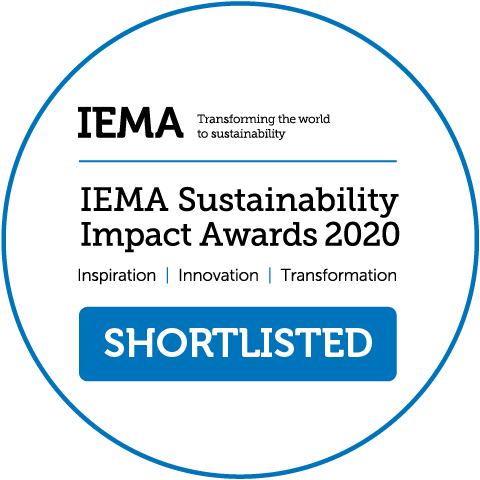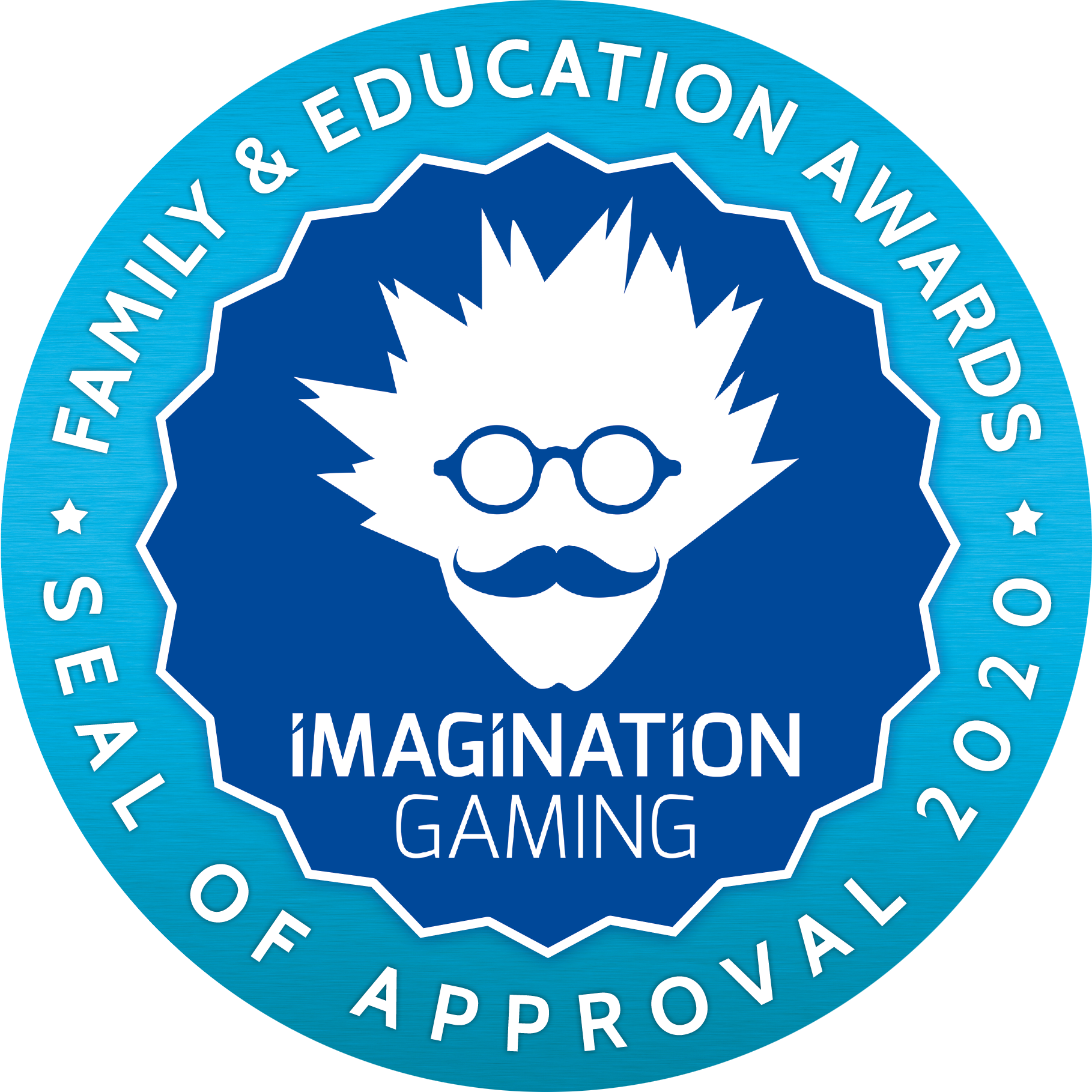We called on scientists and researchers from different backgrounds to validate our scientific approach for our card games, our online content and on-site activities with children.
We also asked them to tell us about their motivations and professional routines so children can familiarise themselves with scientific careers.
Heidi Burgess is a specialist in Hydrology. She is our ambassador for the Hydrosphere. She has validated the information in our 7 SPHERES™ card game.
Who am I?
I am a Civil Engineer who works as a researcher and lecturer in the School of Environment and Technology at the University of Brighton.
I am passionate about trying to understand how natural processes work and how, as Engineers and Managers, we can work in harmony with these processes to improve life on the planet, reducing the negative impact that humankind can have. I prefer to be out of doors, in the countryside and on the coast, and am extremely lucky that my work as an engineer enables me to visit some beautiful and sometimes remote sites.
What actually is hydrology?
Hydrology is the branch of science concerned with the properties of water and it movement in relation to land. Hydraulics is a sub-area of this which is concerned with the practical application of fluids, in Civil Engineering this tends to mean the flow of liquids (generally water, but could be gas or oil) in pipes, rivers, and channels.
By understanding how water interacts with other materials, we can design things which absorb the energy contained within the water. This can then be used to slow the flow of water down reducing the impact of a flood.
What I enjoy about my job
I am very lucky as I get to work on nature reserves, often where the general public are not allowed to access.
One very early frosty morning, the sun had only just come up, I was working in an estuary, when there was an awful noise and two swans landed in their ungainly way on the water (both legs stretched out in front of them, seemingly crash landing). They then proceeded to conduct their courtship routine, as their necks made the shape of a heart, it reminded me that it was indeed St. Valentines day.
What qualities do you need for this field of work?
- First of all you have to love working out of doors, sometimes in the cold and the wet.
- You have to have a love of nature, maths and physics so that you can bring all these scientific elements together to further understanding and then be able to use it in engineering.
- Above all you need to have patience as some of these processes can take a long time to develop and you are always working with or against the tide.
- You of course need a good sense of humour as things always go wrong when you are doing fieldwork or conducting laboratory experiments.
Developments in the field of hydrology
The most important development in my field is that there is a move away from the Victorian attitude that Civil Engineers can control nature and instead we are learning to work with nature. This is better for the whole of the planet.
What do I do exactly?
My work is split between teaching students and research. My teaching involves preparing lecture material, recording it and then helping students understand, this can either be in a classroom, in the laboratory or by taking them out in the field. I also set and mark exams and coursework.
For my Research work as well as my field work I spend a lot of time analysing the data which I have collected and writing it up so that other people know about what I have found out. I then also go to meetings and conferences to tell people about my work as well as find out what other people do.
Which of the UN Sustainable Development Goals do I support?
The main goal I support is Goal 9, Industry, innovation and Infrastructure, that is build resilient infrastructure, promote sustainable industrialization and foster innovation. Indeed, flood defense is part of an economy’s infrastructure.
In addition, because of the eco-methods of construction I am using, it has implications for Goal 14, that is life under water, because managed realignment sites are used by fish as nursery grounds.
Goal 6 is also relevant since, thanks to the replacement of hard structures in water courses with eco-structures such as wood debris dams, the water quality of rivers has been proven to improve as biota improves.
Finally, Goal 3 is also important as these sites are also used as tourist attractions proved to improve health and well-being.































